England’s three-tier system of Covid-19 restrictions will have to be strengthened to get the country through the winter months, a senior health official has said, hinting at a possible new tier 4 of tighter restrictions in December, when the lockdown is due to be lifted.
The tier system, introduced last month, put areas into different categories labelled medium, high or very high risk, or tiers 1, 2 and 3 respectively.
Quick guide What are the three tiers of England’s Covid lockdown system?
Show
Hide
New national restrictions are due to come into effect in England on Thursday and remain in place at least until 2 December. Until that time, the country remains divided into different tiers of restrictions, as follows…
Tier one – medium
- The “rule of six” applies, meaning socialising in groups larger than six people is prohibited whether indoors or outdoors.
- Tradespeople can continue to go into a household for work and are not counted as being part of the six-person limit.
- Businesses and venues can continue to operate but pubs and restaurants must ensure customers only consume food and drink while seated, and close between 10pm and 5am.
- Takeaway food can continue to be sold after 10pm if ordered by phone or online.
- Schools and universities remain open.
- Places of worship remain open but people must not mingle in a group of more than six.
- Weddings and funerals can go ahead with restrictions on the number of people who can attend (15 and 30 respectively).
- Exercise classes and organised sport can continue to take place outdoors, and – if the rule of six is followed – indoors.
Tier two – high
- People are prohibited from socialising with anybody outside their household or support bubble in any indoor setting.
- Tradespeople can continue to go into a household for work.
- The rule of six continues to apply for socialising outdoors, for instance in a garden or public space like a park or beach.
- Businesses and venues can continue to operate but pubs and restaurants must ensure customers only consume food and drink while seated, and close between 10pm and 5am.
- Takeaway food can continue to be sold after 10pm if ordered online or by phone.
- Schools and universities remain open.
- Places of worship remain open but people must not mingle in a group of more than six.
- Weddings and funerals can go ahead with restrictions on the number of people who can attend (15 and 30 respectively).
- Exercise classes and organised sport can continue to take place outdoors but will only be permitted indoors if it is possible for people to avoid mixing with those they do not live with (or share a support bubble with), or for youth or disability sport.
- Travel is permitted to amenities that are open, for work or to access education, but people are advised to reduce the number of journeys where possible.
Tier three – very high
- People are prohibited from socialising with anybody they do not live with, or have not formed a support bubble with, in any indoor setting, private garden or at most outdoor hospitality venues and ticketed events.
- Tradespeople can continue to go into a household for work.
- The rule of six continues to apply to outdoor public spaces, such as parks, beaches, public gardens or sports venues.
- Pubs and bars are only permitted to remain open to operate as restaurants, in which case alcohol can only be served as part of a substantial meal.
- Schools and universities remain open.
- Places of worship remain open but household mixing is not permitted.
- Weddings and funerals can go ahead with restrictions on the number of people attending (15 and 30 respectively) but wedding receptions are not allowed.
- The rules for exercise classes and organised sport are the same as in tier 2. They can continue to take place outdoors but will only be permitted indoors if it is possible for people to avoid mixing with people they do not live with (or share a support bubble with), or for youth or disability sport. However, in Merseyside, gyms were ordered to close when it entered tier 3.
- Travelling outside a very high alert level area or entering a very high alert level area should be avoided other than for things such as work, education or youth services, to meet caring responsibilities or if travelling through as part of a longer journey.
- Residents of a tier 3 area should avoid staying overnight in another part of the UK, while people who live in a tier 1 or tier 2 area should avoid staying overnight in a very high alert level area.
Photograph: Peter Byrne/PA
Was this helpful?
Thank you for your feedback.
The health secretary, Matt Hancock, said the government hoped the national lockdown would be replaced on 2 December with a tiered system “similar to what we had before”.
But Dr Susan Hopkins, an epidemiologist, told the Downing Street press conference on Monday that tier 1 coronavirus restrictions had “little effect”, while the impact of tier 2 varied in different places.
Hopkins, a Public Health England director advising the government’s coronavirus response, said: “We have recognised that the tiering of the country has had a different effect in each area.
“Tier 3, and especially tier 3 plus in the north, has had an effect in reducing the numbers of cases in the north-west and we can see the north-west’s declining number of cases now.
“Tier 2 seems to hold in some areas and not so well in others, and so really it depends on how fast transmission is occurring and how well the individuals in the population are taking that advice in.
“We see very little effect from tier 1 and I think when we look at what tiers may be there in the future, we will have to think about strengthening them in order to get us through the winter months until the vaccine is available for everyone.”
Hancock has said it is too early to know the impact of the second lockdown in England, but he hopes measures can be eased on 2 December.
He told the press conference: “It is too early for us to know what the number of cases will be as we come to the end of the current lockdown.
“At the moment, most of the tests we’re getting back, and most of the positive cases, are from around the time the lockdown came in, so we are yet to see in the data – and it’s too early to expect to see in the data – the impact of the second lockdown.
“But we absolutely hope to be able to replace the national lockdown with a tiered system similar to what we had before.”



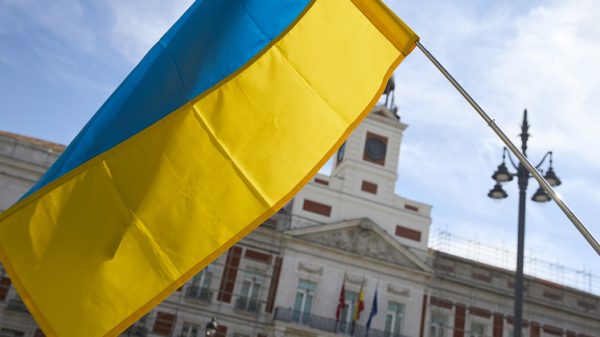



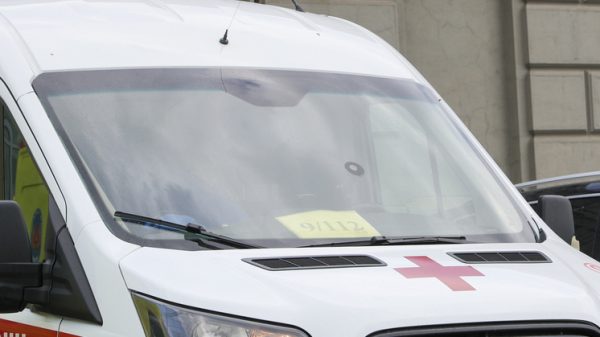
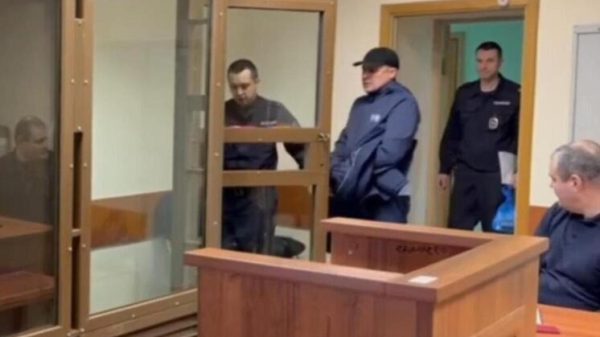

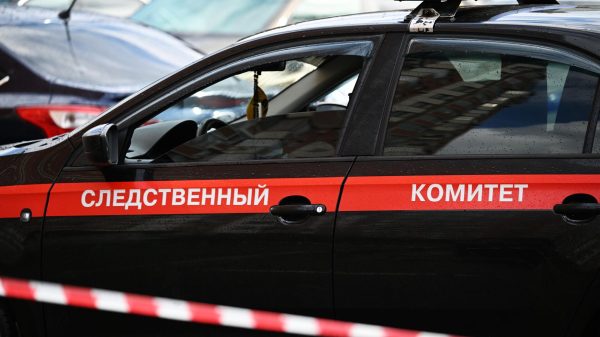
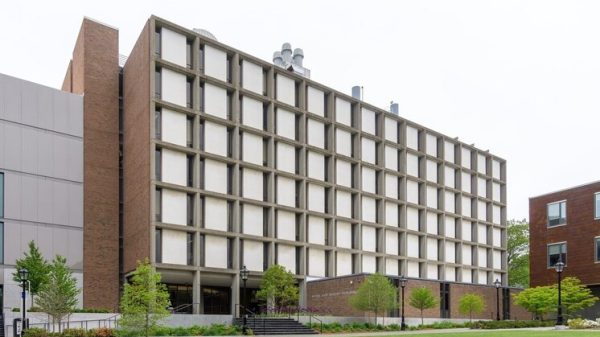
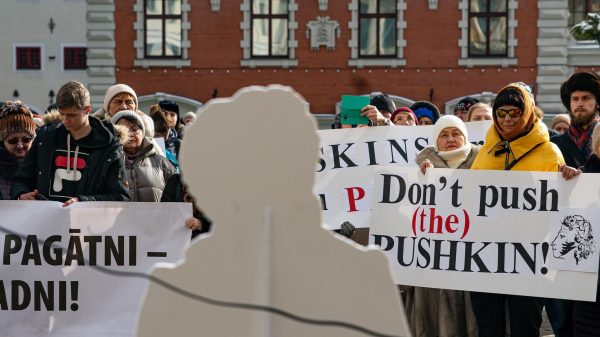





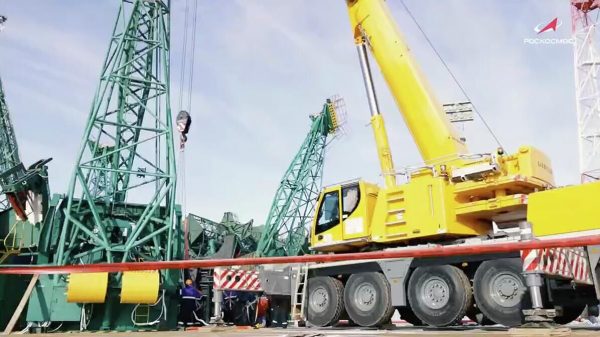


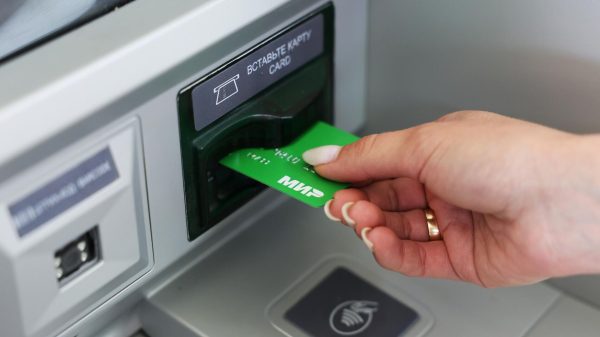






























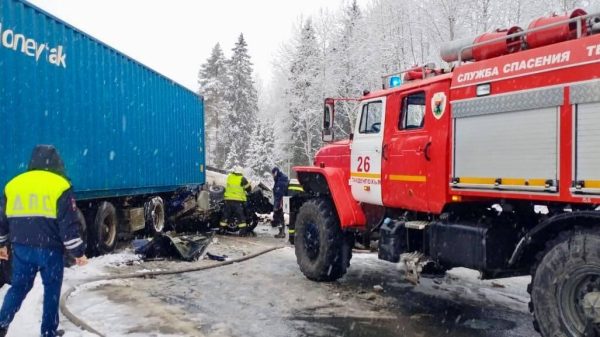
Свежие комментарии